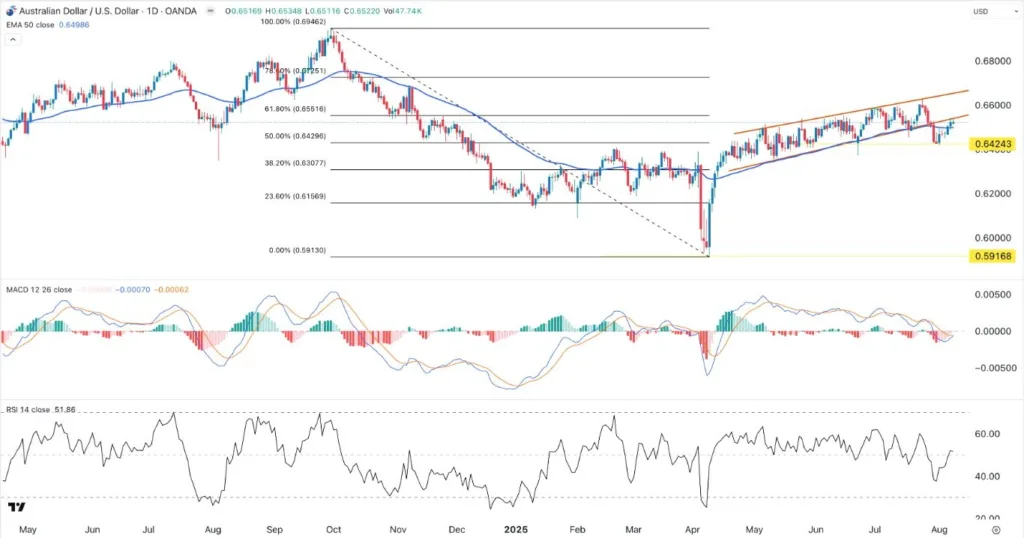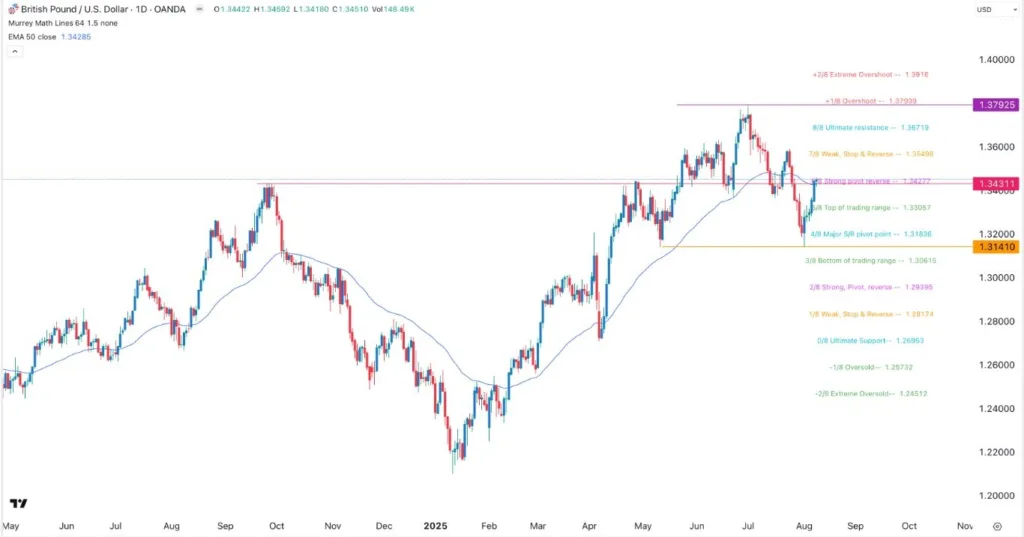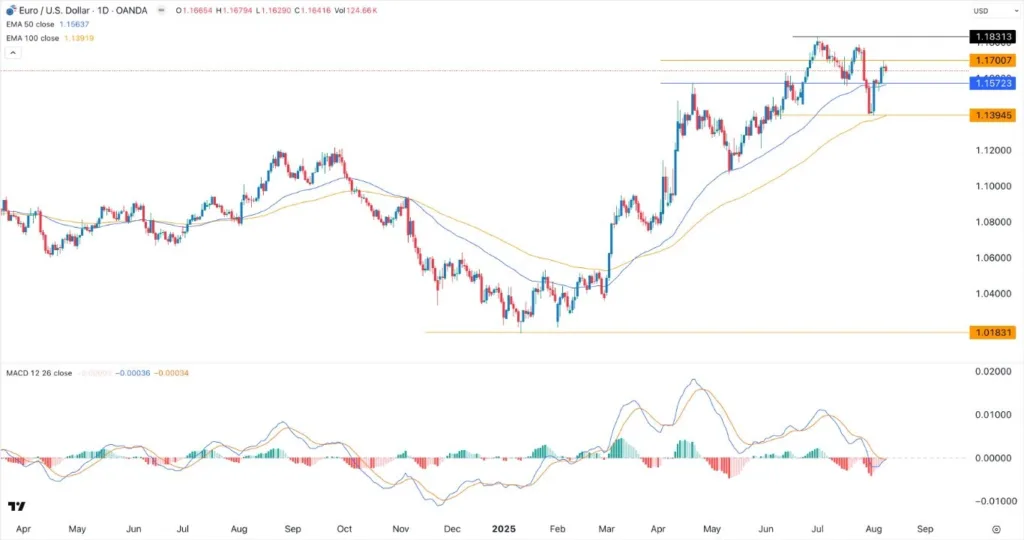
Corporate credit spreads—the yield differential between corporate bonds and U.S. Treasuries—have long served as a barometer for investor sentiment and systemic risk. In recent years, as global markets grapple with shifting monetary policy, economic slowdowns, and geopolitical tensions, these spreads have emerged as a critical early warning system for equity market corrections. By dissecting their historical behavior and current dynamics, investors can better navigate the crossroads of debt and equity markets.
The Mechanics of Credit Spreads and Their Dual Role
Corporate credit spreads reflect the compensation investors demand for bearing default risk and macroeconomic uncertainty. They are particularly sensitive to changes in risk appetite, making them a leading indicator of market stress. For instance, high-yield (HY) spreads, which track lower-rated corporate debt, tend to widen sharply during periods of economic pessimism, while investment-grade (IG) spreads offer a more muted but still informative signal.
From 2023 to mid-2025, HY spreads have widened from historically narrow levels (3.85% in late 2023) to over 300 basis points by June 2025, signaling a shift from complacency to caution. This widening coincided with weaker-than-expected jobs data, a Federal Reserve on hold, and growing fears of a U.S. recession. Meanwhile, IG spreads, though tighter than HY, also widened slightly to 80 bps, reflecting broader investor unease. These movements underscore the interconnectedness of credit and equity markets: as spreads widen, equities often follow suit, as seen in the August 2025 underperformance of HY bonds (-0.16%) relative to Treasuries.
Historical Precedents: Credit Spreads as a Precursor to Crises
History provides ample evidence of credit spreads foreshadowing equity market collapses. During the 2000 dot-com crash, HY spreads began widening in early 2000, months before the Nasdaq’s steep decline. Similarly, in the 2007–2008 financial crisis, spreads expanded as early as mid-2007, well before the stock market’s October 2008 nadir. The 2020 pandemic-induced crash saw HY spreads soar in March 2020, preceding the S&P 500’s 34% drop. These episodes highlight a consistent pattern: widening spreads aggregate market participants’ fears of corporate defaults, liquidity crunches, and economic contractions, often before equity prices fully adjust.
Empirical Validation: Beyond Anecdotes
Academic research reinforces the predictive power of credit spreads. A 2012 study using Bayesian Model Averaging found that credit spreads significantly reduce out-of-sample prediction errors for economic activity, particularly during downturns. The GZ credit spread index, which incorporates speculative-grade bonds, demonstrated superior predictive accuracy compared to traditional metrics like BAA-AAA spreads. This is critical for equities, as speculative-grade spreads are more sensitive to macroeconomic shifts—a trait mirrored in equity markets, where small-cap and cyclical stocks often lead corrections.
Moreover, combining credit spreads with macroeconomic indicators (e.g., Treasury yield curves) enhances predictive robustness. For example, the 2010 study on corporate credit spreads revealed that while spreads alone may not predict GDP, integrating them with riskless term structure data improves forecasting accuracy. This suggests that investors should monitor not just spreads but also their interplay with monetary policy and inflation expectations.
Current Implications and Investment Strategies
As of mid-2025, the widening of HY spreads to 300 bps—a level last seen in early 2024—raises red flags. While a recession is not the base case, the spread’s sensitivity to weaker jobs data and Fed inaction indicates a growing risk premium. For equities, this implies heightened volatility and potential underperformance in sectors reliant on consumer spending or credit availability (e.g., retail, industrials).
Investors should consider the following strategies:
1. Hedge Against Credit Deterioration: Allocate a portion of equity portfolios to sectors with strong balance sheets (e.g., utilities, healthcare) and reduce exposure to high-debt industries.
2. Diversify into Defensive Assets: As spreads widen, cash, short-duration Treasuries, and gold often outperform.
3. Monitor Policy Levers: The Fed’s potential rate cuts in late 2025 could compress spreads and stabilize equities, but this depends on economic data.
Conclusion: A Prudent Approach in Uncertain Times
Corporate credit spreads are more than a technical metric—they are a window into the collective psyche of investors. Their widening in 2025, coupled with historical precedents and empirical validation, underscores their value as an early warning system. While equities remain a long-term growth vehicle, the current debt market signals caution. By integrating credit spreads into risk management frameworks, investors can better anticipate corrections and position portfolios for resilience.
In a world where macroeconomic shocks are increasingly frequent, the canary in the coal mine is singing—and it’s time to listen.







